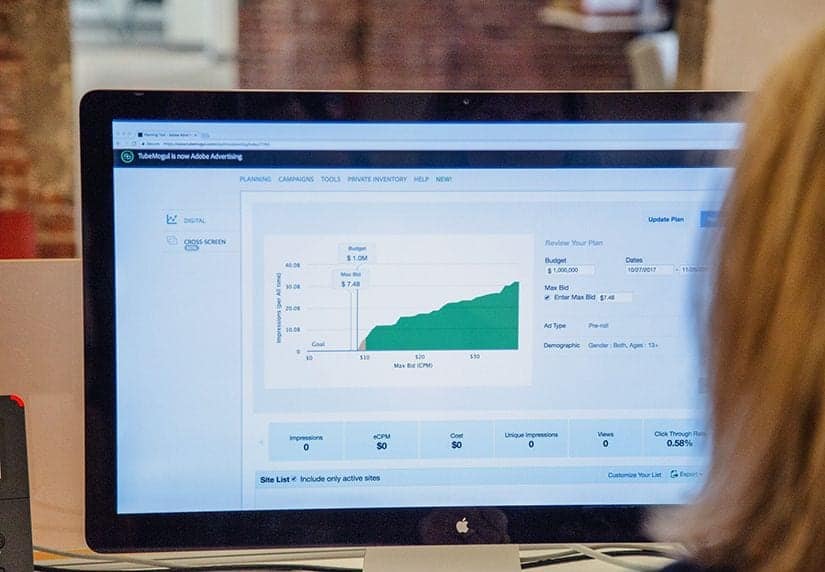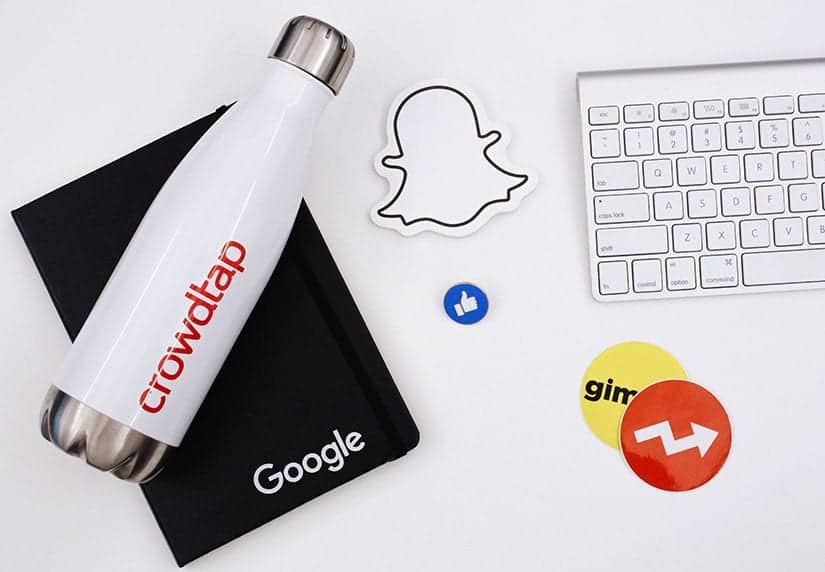How Purchase-Based Consumer Data is Helping Brands
This article originally appeared on Forbes.com.
Where consumers go, advertisers will follow. It’s very apparent to see where consumers are today as mobile consumption is rapidly growing and trumping all other forms of media.  2013 has been the breakthrough year for Mobile, surpassing all other outlets for media consumption other than TV, according to eMarketer. Although this may seem like old news by now, it’s actually relatively new (let’s not forget the first iPhone debuted in 2007).
2013 has been the breakthrough year for Mobile, surpassing all other outlets for media consumption other than TV, according to eMarketer. Although this may seem like old news by now, it’s actually relatively new (let’s not forget the first iPhone debuted in 2007).
This should prove to have a lasting and positive impact on the advertising industry as it has opened new channels of communication between brands and consumers, but it also poses challenges from a measurement and an attribution standpoint that has left many advertisers in a cloud of confusion. As any marketer, publisher or statistician can tell you, mobile is the only media that is truly growing…and growing fast. However, the data is also showing that as more consumers have taken to their mobile devices to consume media, their propensity to buy products or “convert” appears much weaker than it does on other platforms, but this does not accurately tell the full story.
There is a significant gap on what most advertisers are able to track vs. the true value of mobile’s ability to influence and convert customers. So the fastest growing audience for advertisers does not always appear to yield the strongest ROI and herein lies the problem. Or for some like Google…herein lies the opportunity. Google recently announced a new feature called Estimated Total Conversions, available to AdWords customers using Google conversion tracking.
As a part of this new reporting, advertisers can also see Estimated cross-device conversions, that Google is proudly representing as an exciting way for marketers to gain insight into the “new conversion types that are a part of a constantly connected, multi-screen world so that they can make the best advertising decisions possible.” What this really means is that Google realizes people are searching on all types of devices these days and therefore interacting with ads on all types of devices. The resulting confusion for marketers is the inability to know if the same person who clicked on an ad on their mobile device, for example, is the same person who went on their laptop to complete a purchase.  With estimated total conversions, Google says that they can now measure 33% more conversions that originated on a mobile phone and later converted on a different device. The real benefit for advertisers is the ability to close the attribution gap towards a more accurate ROI assessment. How it actually works is that the estimated conversions will show up as a column in the campaigns report on AdWords. Advertisers must be recording at least 50 conversions a day for the feature to work given the need for significant data to determine accurate estimates.
With estimated total conversions, Google says that they can now measure 33% more conversions that originated on a mobile phone and later converted on a different device. The real benefit for advertisers is the ability to close the attribution gap towards a more accurate ROI assessment. How it actually works is that the estimated conversions will show up as a column in the campaigns report on AdWords. Advertisers must be recording at least 50 conversions a day for the feature to work given the need for significant data to determine accurate estimates.
Google started to roll out the new product on October 1st, which is interesting timing given that the holidays, a time of increased spending, advertising and confusion among conversion tracking, are fast approaching.  The online advertising industry is facing many long-term challenges that include the possible death of 3rd party cookies, so marketers must adapt quickly to enhanced forms of cross channel attribution for accurate digital media measurement. Google’s Estimated Total Conversions is the most recent example as we expect many new tools for cross device tracking to emerge in the not so distant future. Advertisers need to be ready to take advantage of these opportunities or risk falling deeper into the unknown of our increasingly fragmented world of media.
The online advertising industry is facing many long-term challenges that include the possible death of 3rd party cookies, so marketers must adapt quickly to enhanced forms of cross channel attribution for accurate digital media measurement. Google’s Estimated Total Conversions is the most recent example as we expect many new tools for cross device tracking to emerge in the not so distant future. Advertisers need to be ready to take advantage of these opportunities or risk falling deeper into the unknown of our increasingly fragmented world of media.

This article originally appeared on Forbes.com.

From how-tos on YouTube to brand discussions and shared photo content on Twitter and Facebook, consumers are quickly taking control of brands through...

Google has introduced a new feature for Gmail that automatically sorts email into different tabs. This new sorting method is part of a continuing...